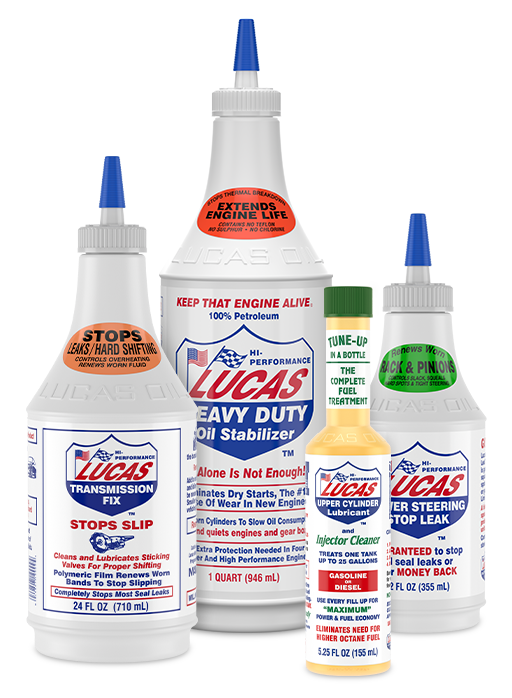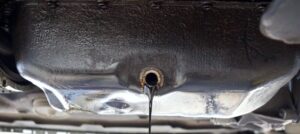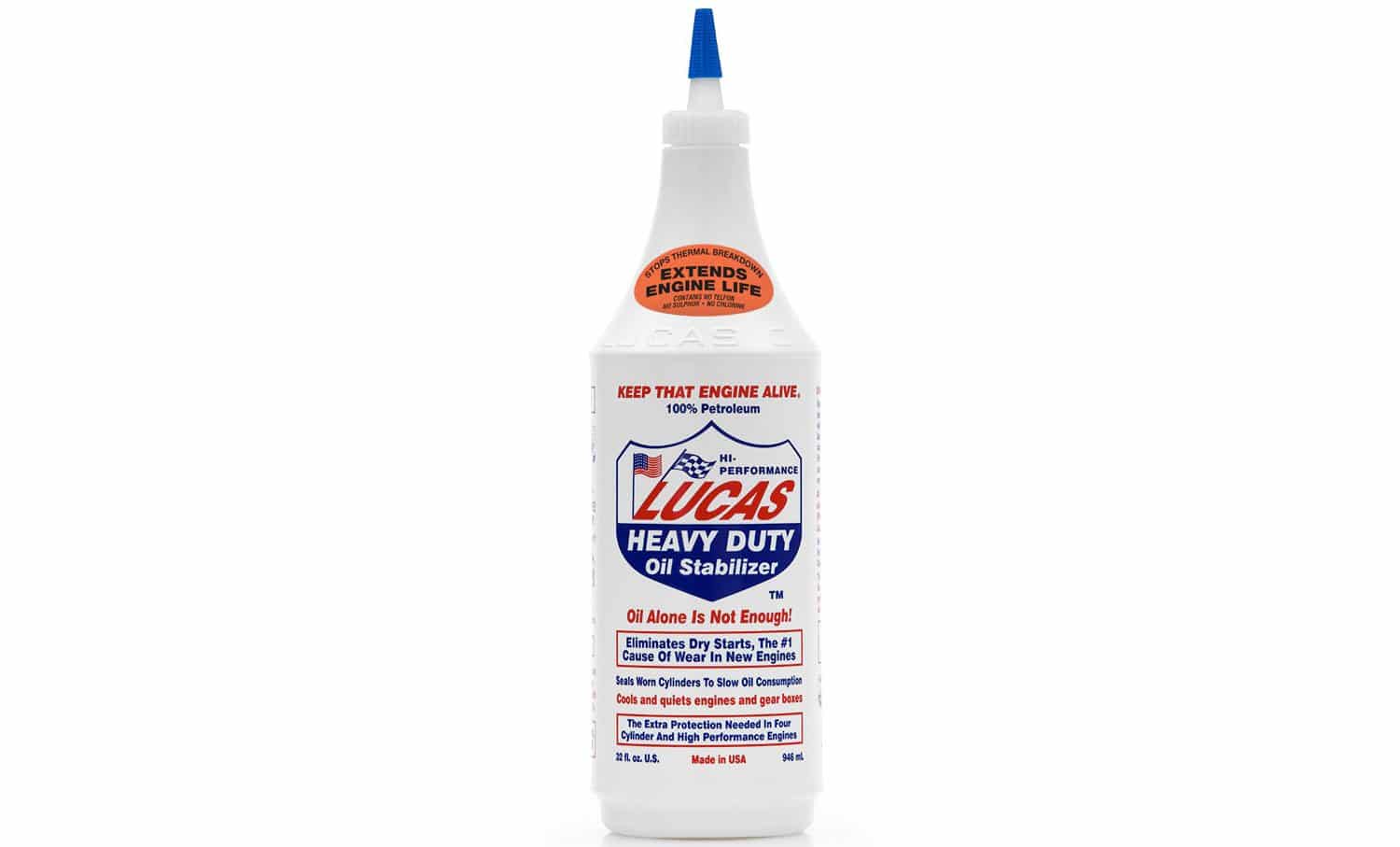You want to extend the lifespan of your car because it is your dependable partner. For this reason, many car owners use solutions like Lucas Oil Stabiliser to keep their vehicles in good condition. Lucas Oil Stabiliser can be a useful tool, but it also has some possible drawbacks. We’ll look at the typical Lucas oil stabilizer problems that can occur when using this product in this tutorial and offer fixes to maintain your automobile in great condition.
Table of Contents
What Is A Lucas Oil Stabilizer?
You may improve the performance of the engine in your car by adding a specific liquid called Lucas Oil Stabiliser. Think of it as giving your engine a health boost. There are numerous moving parts in your car’s engine that brush against one another as it operates. This can generate heat and eventually wear out the objects. By lowering heat and friction, Lucas Oil Stabiliser acts as a shield for your engine, keeping it safe. This can make your engine run more smoothly and last longer.

But there might be some problems. Some claim that this causes the oil to get thicker, which can be problematic in cold climates when thick oil doesn’t flow properly and makes it more challenging to start your engine. Given that oil can cause seals and gaskets to bulge, other people have noticed oil leaks.
As a result, even while Lucas Oil Stabiliser can be fantastic for older vehicles or those with engine problems, it might not be the ideal option for all vehicles. If you’re considering utilising it, it’s a good idea to be sure it will work with your vehicle by consulting the owner’s handbook or speaking with a mechanic. And keep in mind that it’s essential to adhere to the product’s directions if you want to avoid any issues.
Explain The Lucas Oil Stabilizer Problems In Your Car
Even though Lucas Oil Stabiliser has advantages, it’s important to be aware of any problems it can set off:
1. Thick Oil:
Your engine oil will likely get thicker thanks to Lucas Oil Stabiliser. This helps lessen friction and safeguard your engine, but in some circumstances, it can also cause issues. For instance, thicker oil may not flow as smoothly in cooler conditions, making it more difficult for your engine to start.
2. Oil Spills:
Following the addition of Lucas Oil Stabiliser, some users have reported oil leaks. This may happen if the product makes gaskets and seals bulge, which might result in leakage problems.

3. Sluggish Results:
Even though the purpose of Lucas Oil Stabiliser is to enhance engine performance, some customers have complained that their automobiles feel slower or less responsive after using it.
4. Overflow:
Adding Lucas Oil Stabiliser to your engine oil can result in overfilling if the extra volume isn’t taken into account. Overfilling can increase engine pressure, which could damage the engine.

5. Issues With Compatibility:
The Lucas Oil Stabiliser is not suitable for all automobiles. Some contemporary automobiles with sophisticated engine designs and specifications might not profit from this product and might encounter negative effects.
A Step-by-Step Guide To Fix The Problems Of Lucas Oil Stabilizer
Although Lucas Oil Stabiliser can be a fantastic addition to your car’s maintenance schedule, but the Lucas oil stabilizer problems might occasionally arise. Don’t worry if you run into issues after utilising it. You can take care of these problems and put your automobile back on the road with the help of our detailed instruction manual.

Step 1: Identify The Issue
The first and most important step is to identify the issue. Thickened oil, oil leaks, sluggish performance, overfilling, and compatibility concerns are typical problems with Lucas Oil Stabiliser. Watch your car closely to figure out what’s happening.
Step 2: Check The Oil’s Thickness
Start by examining the oil’s consistency if you think the stabiliser has caused your engine oil to become overly thick. By using the dipstick, you may accomplish this.
- Put your car in level parking.
- Hold off until the engine has cooled.
- Find the oil dipstick, which typically has a bright handle.

- Clean the dipstick after removing it.
- Pull out the dipstick once more after thoroughly reinserting it.
- Verify the consistency and level of the oil. If it feels overly thick, you might be experiencing this problem.
Step 3: Address Thicker Oil
Particularly in colder climates, thicker oil can be problematic. To fix this:
- For the ideal oil viscosity, refer to your car’s owner’s manual or the manufacturer’s recommendations.
- To attain the desired viscosity, drain part of the thickened oil and add the necessary oil.
Step 4: Inspect Oil Leaks
Oil leaks are a frequent worry. Look for leaks:
- Look for any oil puddles on the ground beneath your parked automobile.
- Look for any indications of oil leaks around seals and gaskets in the engine area.

Step 5: Fix The Oil Leaks
In case of oil leaks:
- Determine the leak’s origin. A damaged seal or gasket could be the cause.
- Replace the damaged gasket or seal. A mechanic may be needed to do this repair.

Step 6: Address The Sluggish Performance
Look if the performance of your car has decreased or not, if yes then do this:
- Decrease the use of Lucas Oil Stabiliser.
- A little time will help your car acclimatise to the adjustments. Performance might not improve for a few drives.
Step 7: Deal With Overfilling
Overfilling can increase engine pressure, which could damage the engine. To deal with this:
- To restore the engine’s oil to the recommended level, drain part of it.
- According to local requirements, appropriately dispose of any extra oil.

Step 8: Check For Compatibility
Find out if your car can use Lucas Oil Stabiliser:
- Seek advice from the owner’s manual or the manufacturer.
- If the stabiliser is not advised for your car, you might want to stop using it.
Step 9: Consistent Upkeep
To prevent future problems:
- Maintain a routine maintenance programme that includes inspections and oil changes.
- Put appropriate car maintenance first to keep your car in top shape.
Step 10: Look For Expert Assistance
If the issues continue or if you have questions about any of the steps:
- For a comprehensive analysis and recommendations, speak with a trained mechanic.
- Describe your findings and the actions you’ve taken to resolve the problems.

Therefore, you can fix Lucas Oil Stabiliser issues in your automobile. Moreover, you need to make sure it operates smoothly and properly by adhering to these guidelines. Keep in mind that keeping your car’s health is crucial, and by taking the proper precautions, you can profit from this additive with no problems.
Repairing Cost To Fix The Lucas Oil Stabilizer
Depending on the specific problem, fixing Lucas Oil Stabiliser issues in your automobile could cost anywhere from $100 to $500 or more. This cost is for repairing issues like oil leaks, slow engines, and other similar difficulties. It’s crucial to speak with a mechanic for a precise evaluation and price quote according to your car’s requirements.
Conclusion:
To improve the performance and lifespan of your car, consider using Lucas Oil Stabiliser. However, there are Lucas oil stabilizer problems, just like any product. You can benefit from this additive while minimising any negative impacts on your vehicle by being aware of these risks and adhering to best practices for use. Always put your car’s safety first and, if in doubt, consult a professional. Therefore, do not hesitate to ask if you require anything, have any questions, or require any assistance. Your car’s well-being is our first priority. Driving safely and happily!



